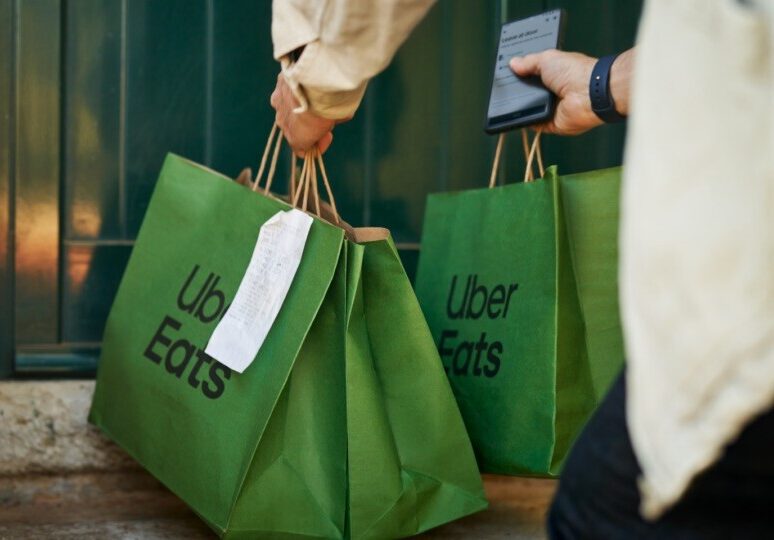Contributing editor, Peter Backman is a long-term foodservice sector guru and founder of theDelivery.World, a platform that connects the delivery sector and makes sense of the myriad changes and challenges that affect the sector across the globe.
The global food delivery market is intricately tied to population dynamics, economic output, and per capita income levels worldwide. With a global population of 8 billion people, the potential for food delivery services is vast, yet unevenly distributed. China and India alone account for over 2.8 billion people, creating a concentration that both entices and challenges food delivery companies.
The global economic landscape, with its estimated $100 trillion GDP, reveals stark contrasts. High-income nations like the US and China dominate, their economic might shaping the potential for food delivery services. This disparity is reflected in GDP per capita, ranging from hundreds of dollars in developing nations to over $100,000 in wealthy countries. For food delivery companies, these figures indicate order values, usage frequency, and market potential.
In this diverse marketplace, food delivery giants have carved out niches with distinct strategies. Uber Eats operates in 77 countries, serving 2.9 billion people with a combined GDP of $63.6 trillion. Its average GDP per person served of $22,276 reflects a balanced approach, targeting both developed and emerging markets. This allows Uber Eats to benefit from high-value orders in wealthy nations while positioning for growth in developing economies.
Delivery Hero, including Glovo and Talabat, operates in 79 countries with a lower average GDP per person of $13,750, focusing more on emerging markets. While this may strain short-term profitability, it positions the company for future growth as these economies mature.
DoorDash and Just Eat Takeaway focus on affluent markets, with average GDPs per person served at $64,754 and $67,568 respectively. They bank on higher order values and better profit margins, potentially sacrificing long-term growth opportunities in emerging markets.
Grab’s Southeast Asian focus exemplifies a regional strategy, serving 690 million people with an average GDP per person of $5,430. Despite lower consumer spending power, Grab benefits from a large, growing market with increasing digital adoption. This contrast in strategies underscores the diverse approaches in the industry.
Regional players like iFood in Latin America and Meituan in China highlight the importance of local market knowledge. Despite serving fewer countries, they command significant market share in their regions, proving the value of tailored services and local partnerships.
The food delivery landscape is blurring lines with other services, particularly in emerging markets. Many delivery companies now operate as parts of super apps, offering ride-hailing, financial products, and more. This diversification is crucial in markets with lower GDP per capita, where maximizing customer lifetime value is key to success.
As the industry matures, consolidation shapes its contours. Larger players acquire smaller ones, seeking economies of scale and expanded market share. This trend will likely persist as companies seek profitability through increased operational efficiencies.
As the industry navigates regulatory pressures, labor issues, and the quest for sustainable profitability, success will hinge on adaptability, innovation, and operational optimization. In this global feast of opportunity, those who can effectively cater to diverse economic landscapes reflected in varying GDP per person across markets will thrive.


